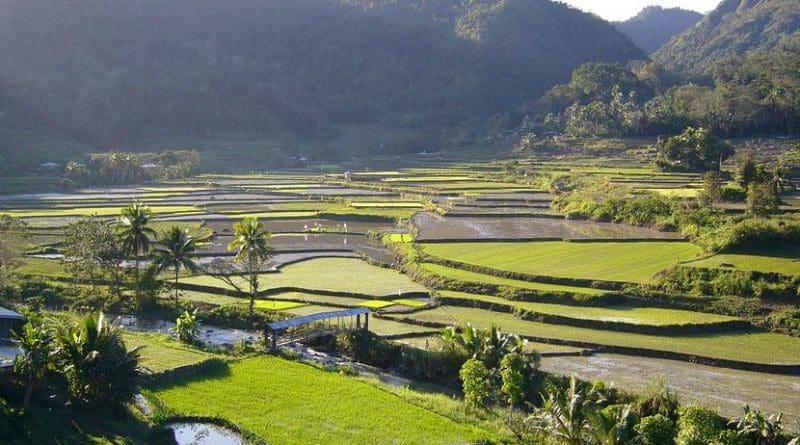Indigenous Peoples Contributed To Soil Knowledge – OpEd
Indigenous peoples’ contributions are not only limited to environmental coservation, agriculture ,medicine and culture but alsoto knowledge about Earth and soil.
At least 12 percent of fungus accessions and 4 percent of bacterial accessions in the American Type Culture Collections (ATCC) were derived from soil samples in developing countries with the help of indigenous peoples.These soil samples helped greatly in the development of many medicines.
But it is likely that the extent of contribution of indigenous peoples to soil sampling including fungus and bacteria from soils, stones and other earthly matters is seriously underestimated since ATCC does not consistenly record collection sites.
A significant ommission was noted in 2000 when the University of Florida patented a Brazilian fungus known to be lethal to fire ants that can cause a billion dollar damage to crops, according to the 2003 Biotechnology, Indigenous Peoples and Intellectual Property Rights CRS Report to Congress, Washington, DC. Neither the patent application nor the ATCC registration indicate that the fungus was given to Florida researchers by indigenous peoples of Brazil. Only in anecdotal accounts in biotechnology journals made the connection. Brazilian indigenous farmers were long aware that something in their soil scared away fire ants because it kills them.
Both ecologically and economically, indigenous communities have enormous contribution of microorganisms and everything from food processing to biocides to human health care to finishing waxes. These microrganisms, largely found in soils, have staggering monetary value and their removal creates the kind of economic loss that indigenous communities have come to know for plant genetic erosion.
Major Companies Exploiting Soil Resources
Merck, the world’s biggest pharmaceutical company, has patented soil material gathered from nine countries.The materials are important in developing testosterone, anti fungal agents and antibiotics, for developing treatment of acne, manic depression , gastrointestinal, central nervous and appetite disorders.
Pfizer has collected fungi and bacteria in at least 15 countries with more than 30 ATCC samples resulting in patent claims.
Bristol Myers has 38 foreign accessions deposited with ATCC, all at least with one paten claim each. In all, 15 countries have made soil and bacteria contributions to the company.
India, Brazil, Philippines, Indonesia, South America, Papua, Borneo are favorite collection sites. In the Philippines the medicine antibiotic erythromycin came from soil samples from Jaro, Iloilo. A commercial organic fertilizer was also developed out from centuries-old organic fertilizer of the indigenous peoples from Mountain Province of the Philippines.

